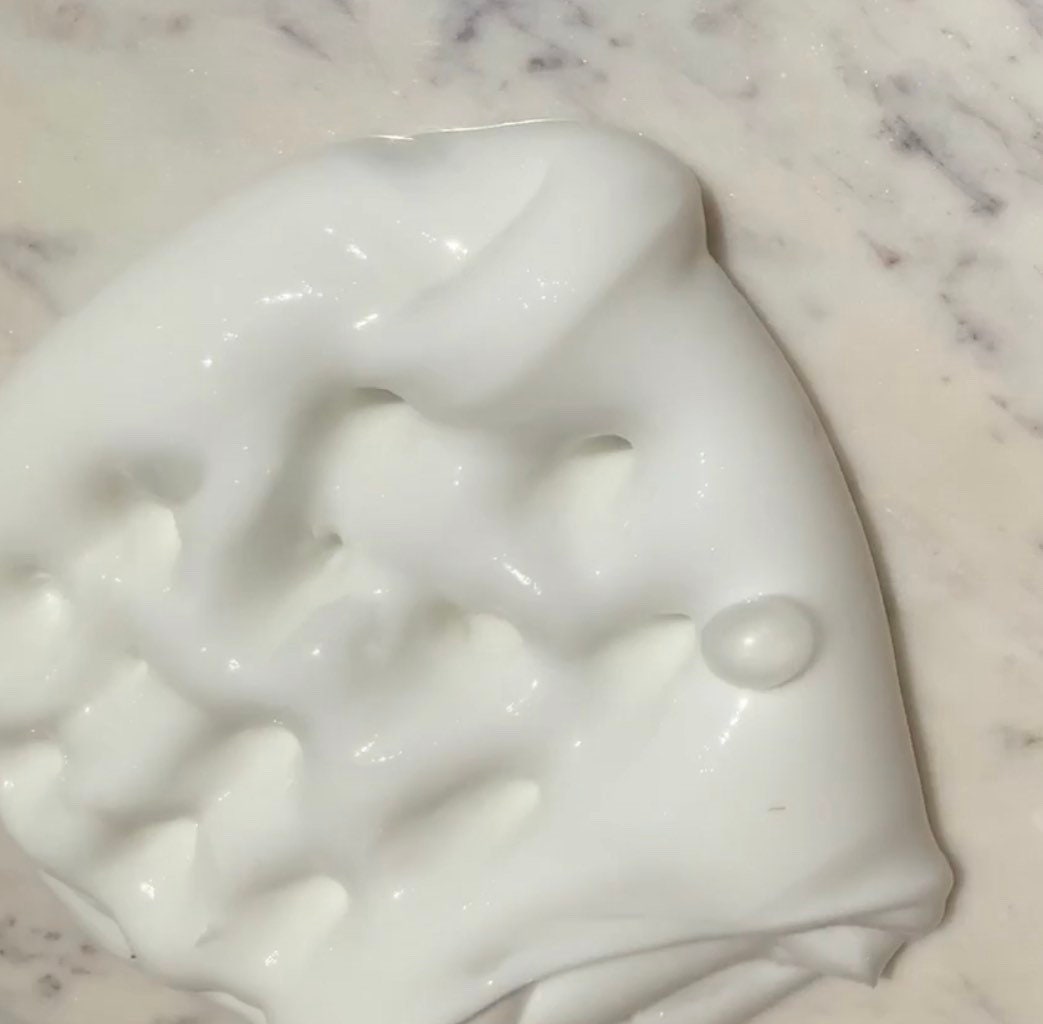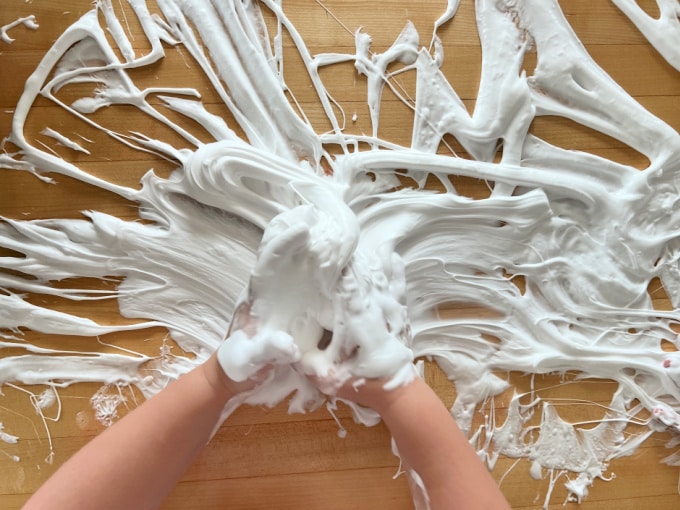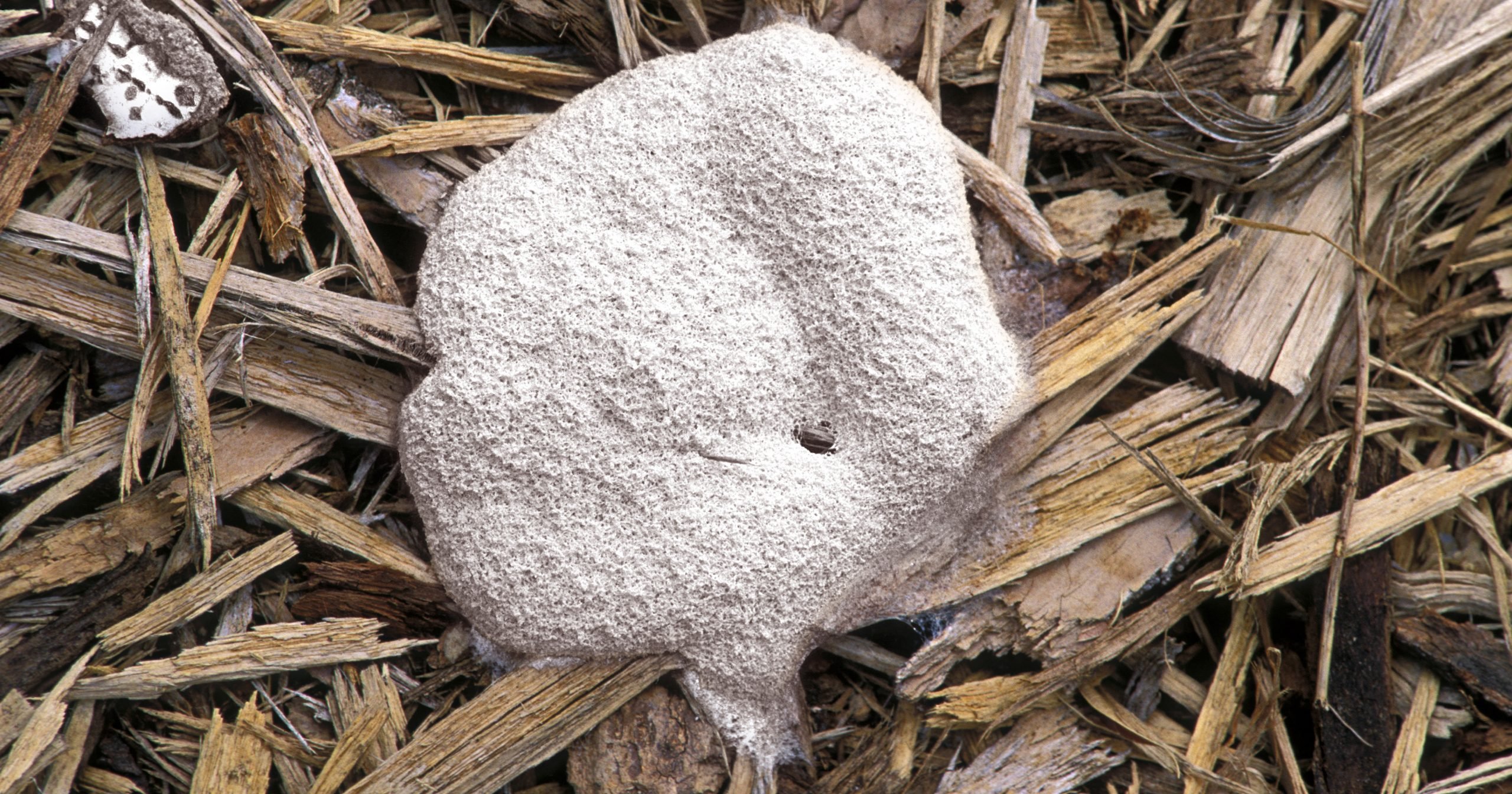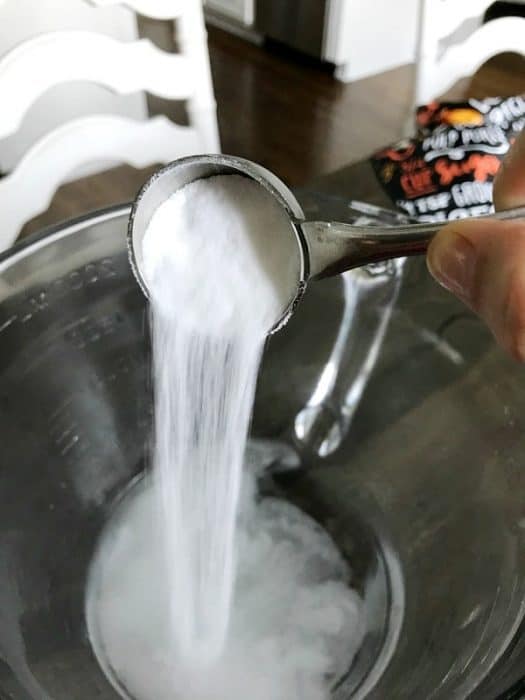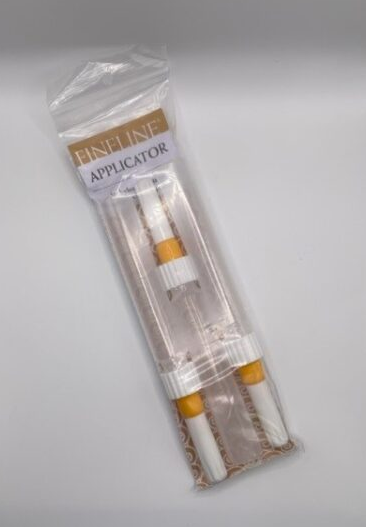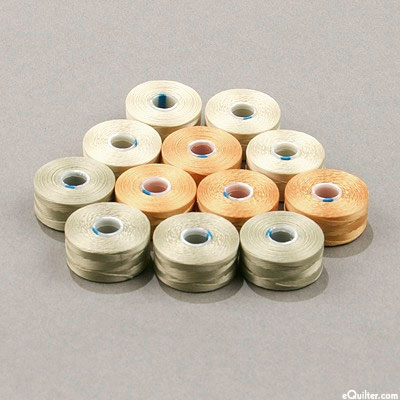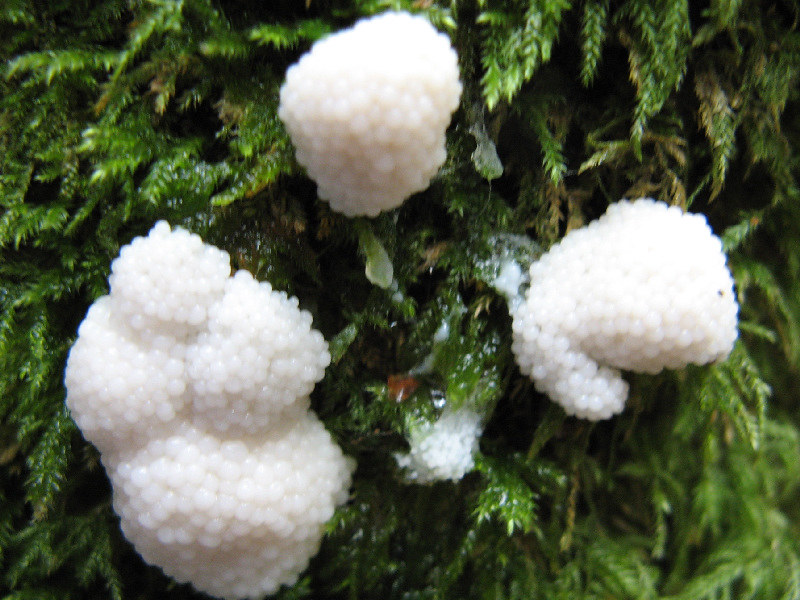
White slime mould (poss Enteridium lycoperdon), Growing on …
Growing on moss on the trunk of a spruce tree. Portree Forest, Isle of Skye. The slime mould plasmodium comes in a variety of colours and can shift according to substrate, pH, and other environmental factors. Yellow is the colour most commonly found as it is associated with some commonly occurring slime moulds such as Fuligo septica and Physarum polycephalum etc. White plasmodia are also fairly common. The plasmodium grows and enlarges hidden in the forest debris (rotting wood, lead mould etc) then at maturity goes through an active migration phase as it moves to a site for fruiting. Within a day or so, it will transform into a spore containing fruitbody, dry up and blow away.

Fungi P-Z + Slime molds
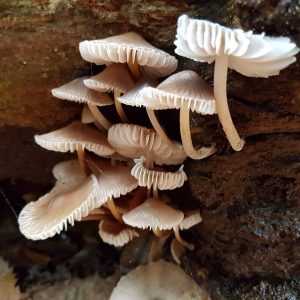
Fungi of Childwall Woods and Fields
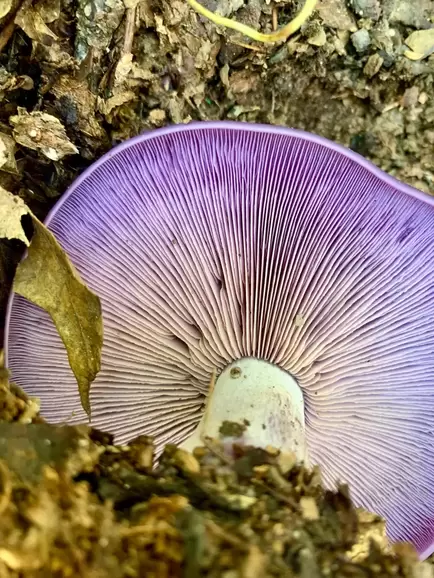
The Fungus Among Us

Fungi P-Z + Slime molds
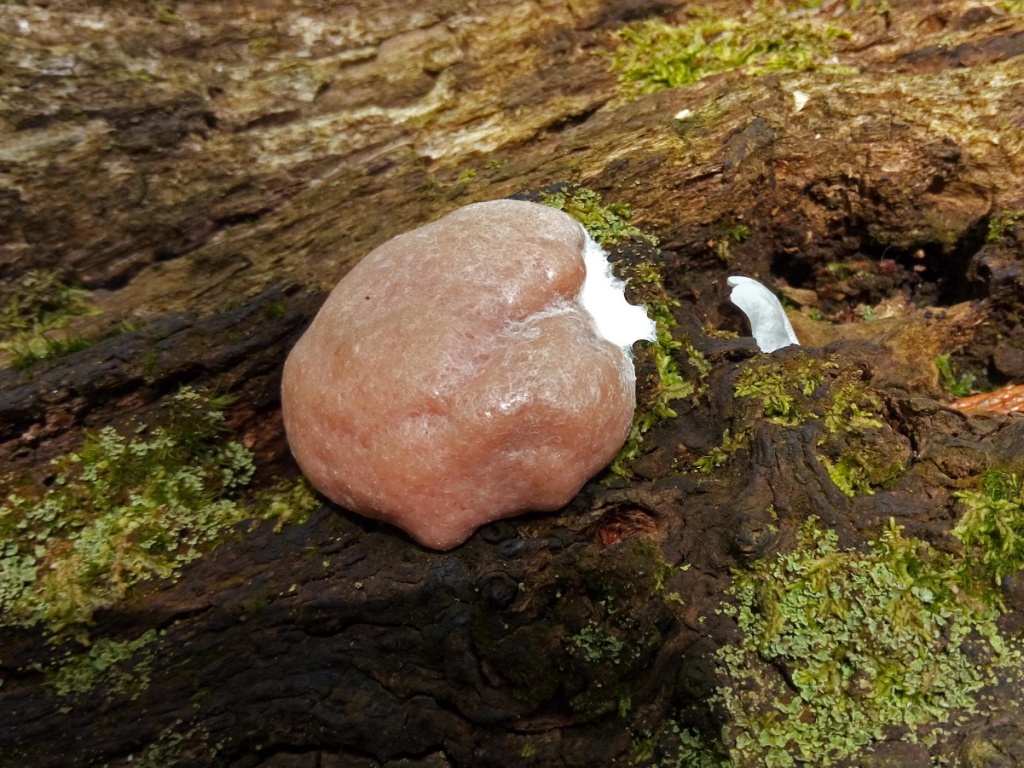
False Puffball

Moon Poo, False Puffball (Enteridium lycoperdon), Mycobee Library

Fungi-like Slime Mould - Wheatland Farm
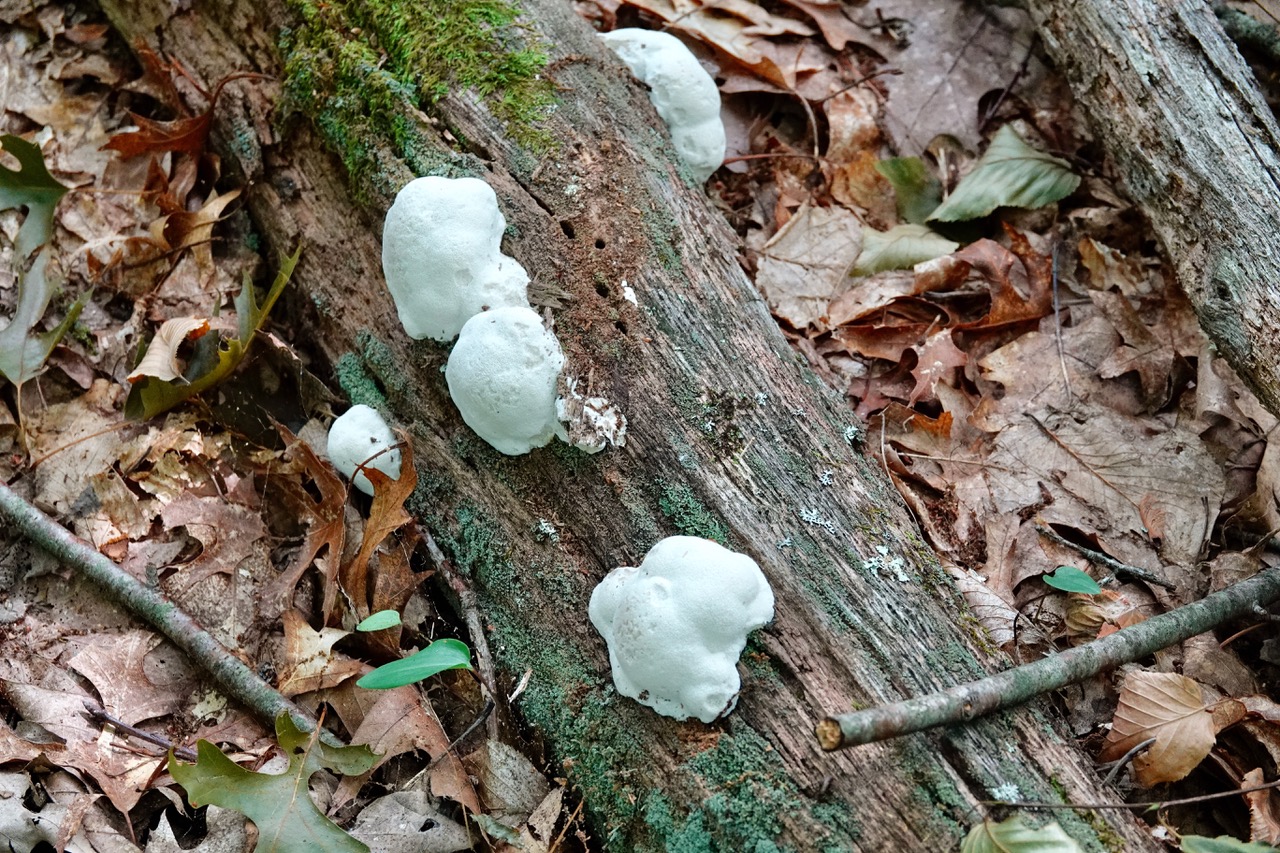
False Puffball Slime Mold – 8/13/20 – Sharon Friends of Conservation
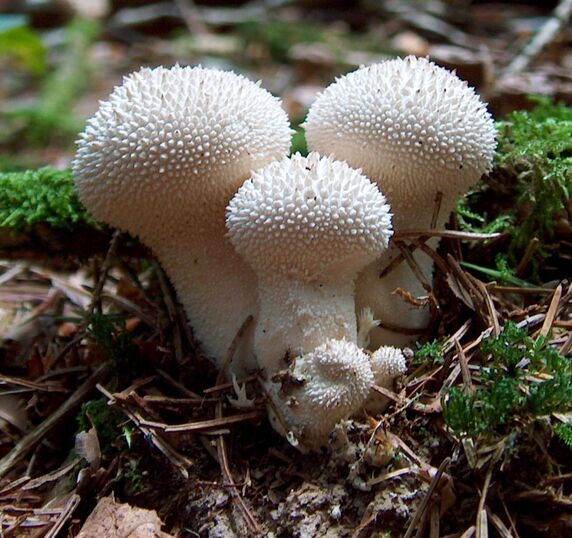
The Fungus Among Us
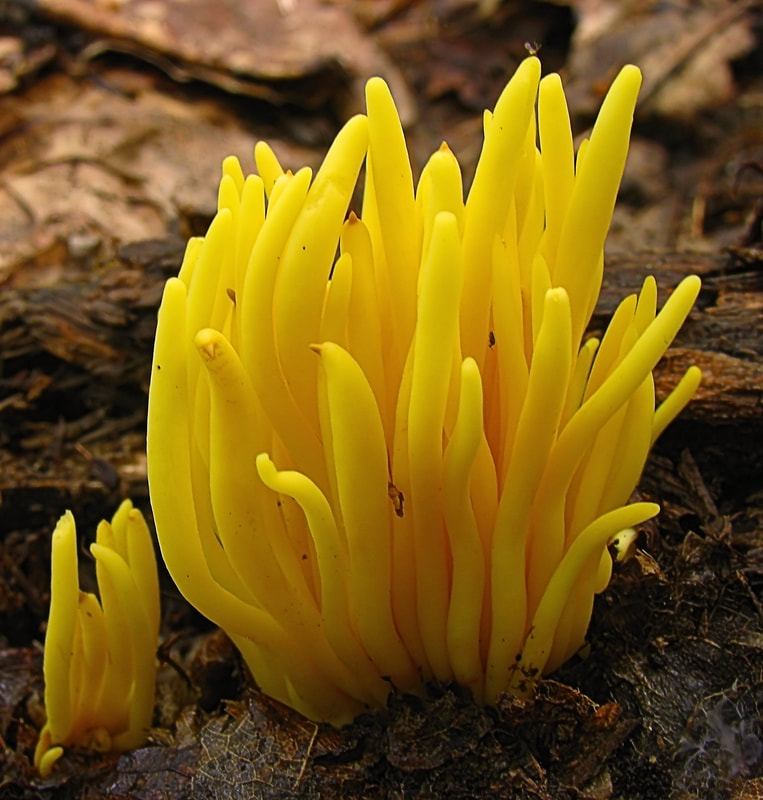
The Fungus Among Us

Who loves Slime Moulds? – David at the HALL of EINAR

Enteridium lycoperdon: The Ultimate Mushroom Guide
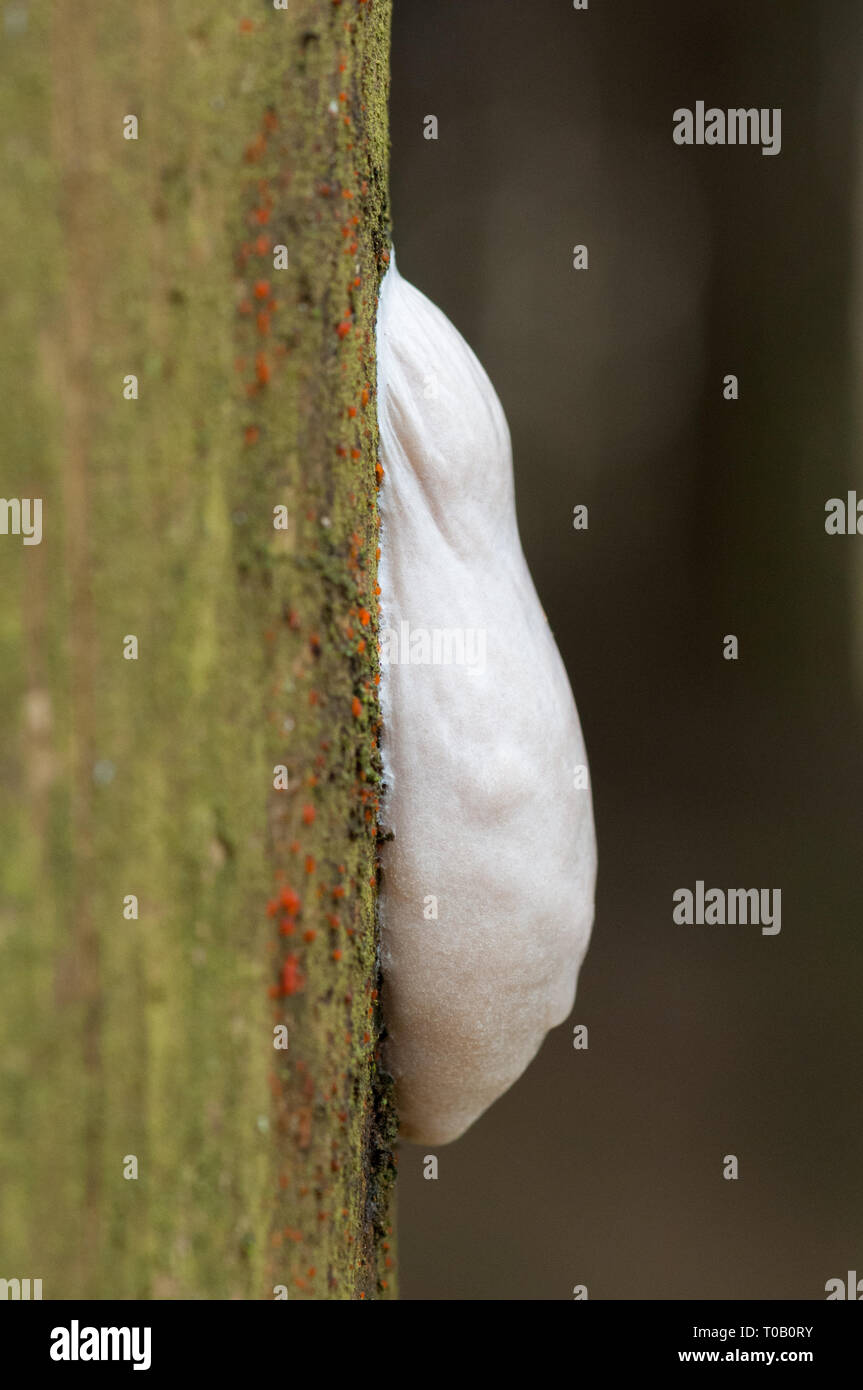
Reticularia lycoperdon. False Puffball white slime mold growing on a burnt stump, above Upper Willow Creek, near Scotchmans Gulch, in Granite County Stock Photo - Alamy
